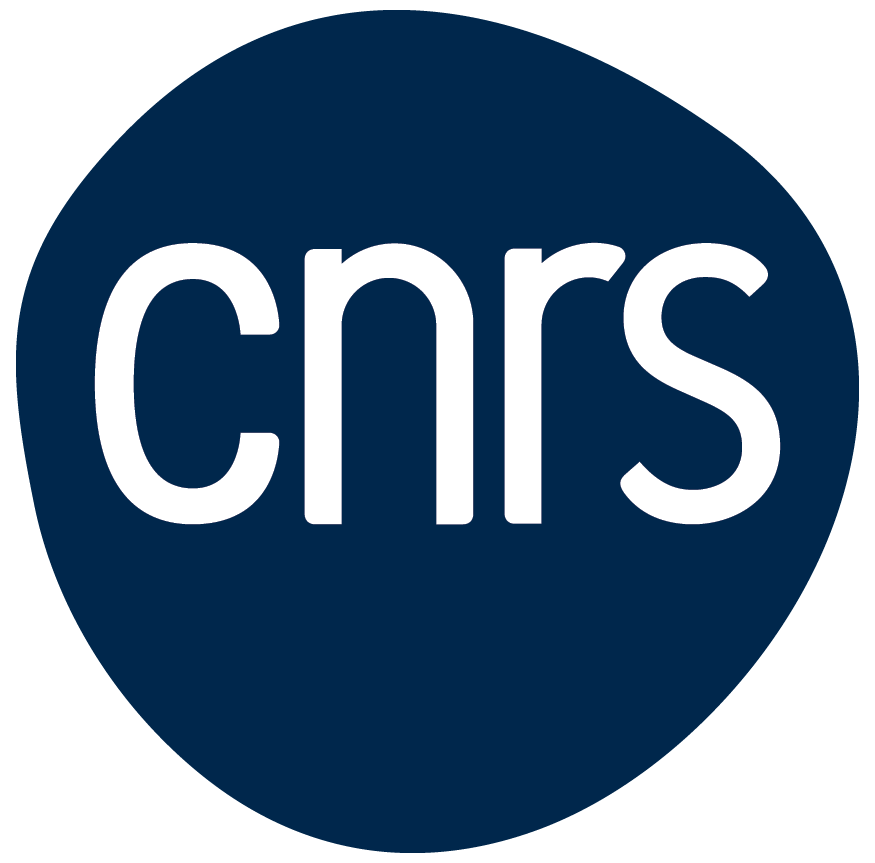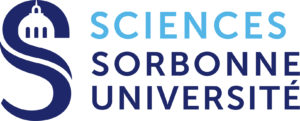Lorenzo Casimiro (IPCM, Sorbonne Université)
The butterfly effect of molecular rearrangements
Prompting actuators at the macroscopic level by molecular rearrangements at the nanoscopic level has been a stimulating goal for chemists in the latest years. This concept would indeed allow an amplified effect triggered by simple inputs, disclosing the route to a precise tuning of the properties, upon tailoring the design to the desired objectives, and to possible applications in sensors or in smart molecular materials. This seminar will target two examples of long-range macroscopic effects of molecular rearrangements.
The first example deals with polydiacetylene-based sensors (Figure 1). Upon mechanical stimuli, such polymers undergo phase transition from a blue-coloured, red-emissive form to a red-coloured, green-emissive one, a phenomenon defined mechanofluorochromism.1 Owing to their high sensitivity and to the easiness of chemical functionalizations, we recently reported polydiacetylene-decorated microfluidic chips, specifically engineered to forcibly compress biological samples. Thanks to the fluorescence variations, we were able to detect the friction of cancer cells or microalgae onto the walls of the microchannels, paving the way to the use of such materials to quantify nano- and microscopic stresses on mechano-sensitive organisms.2
The second example deals with supramolecular metallogels,3 based on hybrid organic-inorganic ligands bearing a polyoxometalate core and two terpyridine moieties (Figure 2).4 Upon metal complexation, the polymeric chains self-assemble in fibres by electrostatic interactions between polyoxometalates and metal nodes. Eventually, the fibres physically cross-link and lead to gelation. Thanks to specific characterization techniques, we inferred the (supra)molecular arrangement of the polymers. Furthermore, the gels exhibit interesting properties, such as birefringence or spin-crossover, as well as improved rheological features compared to previously reported metallogels, on account of their hierarchical supramolecular organization.
References
[1] X. Qian, B. Städler, Chem. Mater., 2019, 31, 4, 1196-1222 ; M. Schott, J. Phys. Chem. B, 2006, 110, 15864-15868 ;
[2] L. Casimiro, R. Métivier, B. Le Pioule, S. Bensalem, C. Allain, Adv. Mater. Interfaces, 2023, 10, 2300312 ;
[3] Z. Liu, X. Zhao, Q. Chu, Y. Feng, Molecules, 2023, 28, 2274 ; M.-O. M. Piepenbrock, G. O. Lloyd, N. Clarke, J. W. Steed, Chem. Rev., 2010, 110, 1960–2004 ;
[4] M. S. Centellas, M. Piot, R. Salles, A. Proust, L. Tortech, D. Brouri, S. Hupin, B. Abécassis, D. Landy, C. Bo, G. Izzet, Chem. Sci. 2020, 11, 11072–11080 ; M. Piot, B. Abécassis, D. Brouri, C. Troufflard, A. Proust, G. Izzet, Proc. Natl. Acad. Sci. U.S.A. 2018, 115, 8895–8900.


